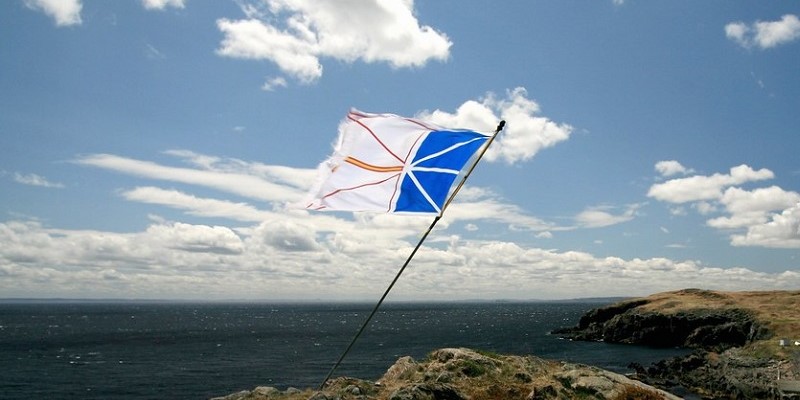Newfoundland government can deliver ongoing cheques to residents—here’s how

With the recent windfall in revenue, the Furey government plans to make its first ever contribution to the “Future Fund” in addition to delivering onetime cheques to eligible residents. For many residents this is welcomed news, but if the Furey government truly wants to mark a new era of fiscal management—and deliver ongoing cheques to residents—it should look to Alaska’s Permanent Fund, which has grown to US$65.3 billion (as of 2019/20) while paying more than US$26.0 billion in dividends to citizens since 1982.
First, it’s important to understand that a windfall of resource revenue is driving the provincial government’s higher revenues. Resource revenue is incredibly volatile and fuels a cycle of booms and busts in provincial finances. During times of relatively high resource revenue, the government tends to run budget surpluses and increases spending. When resource revenues inevitably decline, however, the province’s finances quickly turn to deficits.
Consider roughly the last commodity cycle. In 2004/05, before a significant spike in resource revenue, the province spent $11,179 per person (adjusted for inflation) on government programs. By 2011/12, when resource revenue peaked, the province had increased spending to $16,628 per person (again, adjusted for inflation). Here’s the problem. Resource revenues declined nearly 22 per cent in 2012/13. Correspondingly, budget surpluses immediately turned to deficits and did not return to surpluses until the recent fiscal turnaround (again, fuelled by resource revenues) in 2022.
Saving a share of resource revenue in the “Future Fund” could help mitigate this cycle. Indeed, limiting the amount of resource revenue included in the annual budget constrains the government’s ability to permanently increase spending based on temporarily high resource revenues. To be successful, however, the Furey government should learn from the Alaska experience.
In 1976, the Alaska government created the Permanent Fund. According to Alaska’s constitution, the state government must deposit a set percentage of all mineral revenues into the fund each year, which limits the amount of money available for spending. A share of earnings from the fund must also be set aside annually to offset the effects of inflation and ensure that the real value of the fund is maintained.
And perhaps most notably, a portion of the earnings from the fund are paid to Alaskan citizens as dividends (i.e. cheques), which is key to the fund’s success because the annual dividend directly links the financial wellbeing of citizens (in the form of annual cash payments) to the performance of the fund. As Alaskans have a direct financial interest in the fund, they’re more concerned about its independence, sustainability and investment performance than they otherwise would be, which creates a real constraint on government from taking actions (spending the savings, for example) that might compromise the fund’s performance.
When introducing a savings fund, the Furey government should learn from the experience of Alaska. That means introducing a constitutional requirement to contribute to the fund, which limits the amount of money available for annual spending, inflation-proofing the fund, and paying annual dividends to residents.


